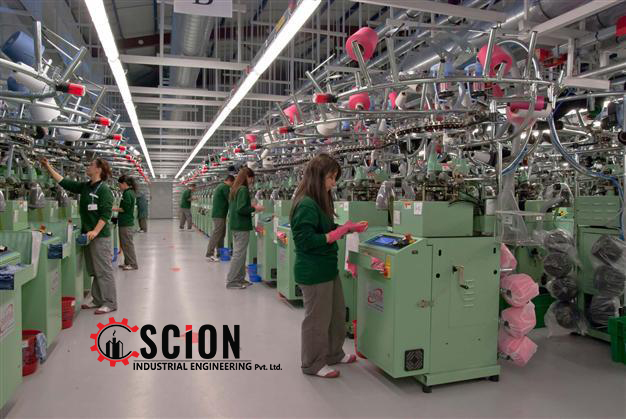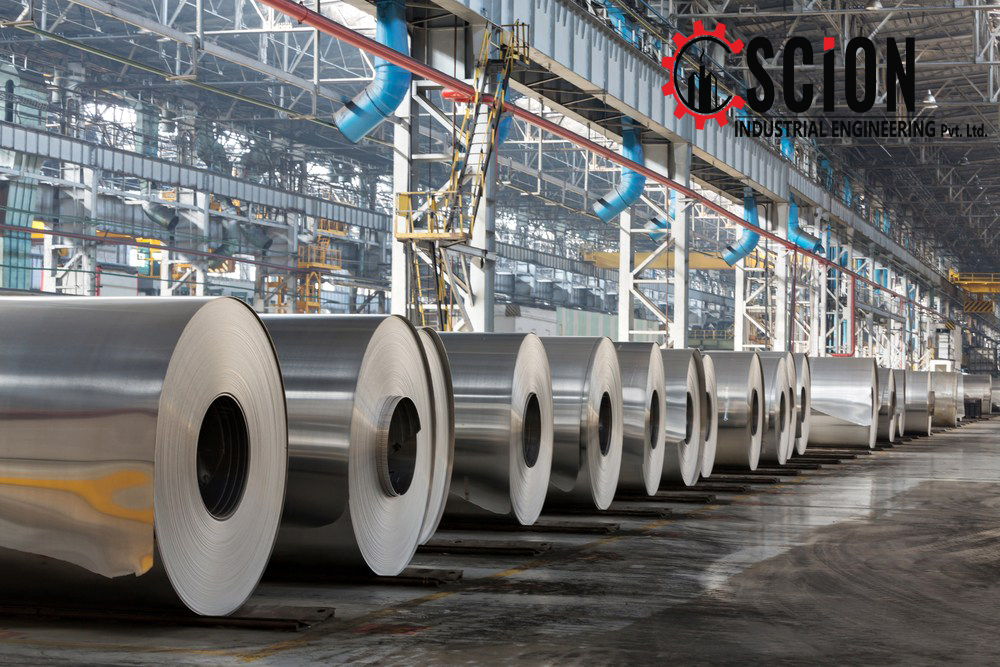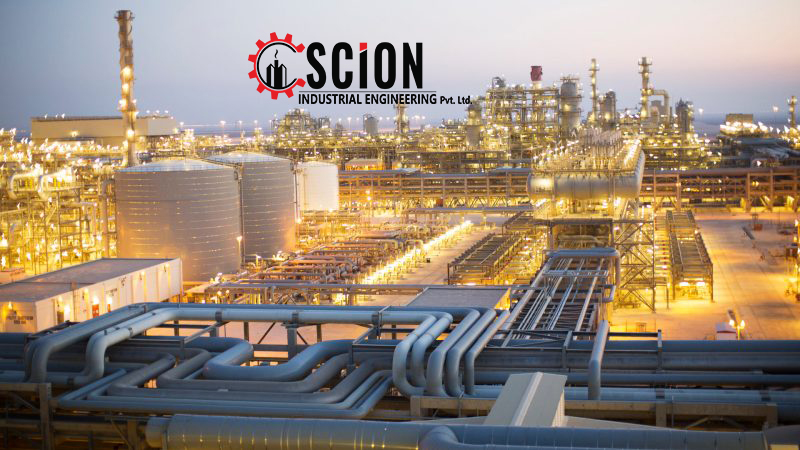Economic complexity indicators show export potentials
Lebanon’s productive sectors have been undermined since the end of the civil war in 1990. Like other marginalized sectors, the industrial sector has weakened, becoming a smaller proportion of the economy due in no small part to a history of missed development opportunities. To put this in perspective, the share of the industrial sector out of total GDP has decreased steadily from 24 percent in 1997 to 14 percent in 2016.
Not unrelated to this, Lebanon continues to register the worst trade deficit in the region, primarily due to its dependency on imports and weak export channels. The trade deficit, $15.65 billion by December 2016, has recorded a 3.56 percent yearly increase (according to BLOMINVEST Bank figures). Exports have also fluctuated in recent years from $4.49 billion in 2008, up to $5.11 billion in 2012, and then down to $2.44 billion in 2015. Development in the industrial sector has been restricted by limited development in industrial policy, limited electricity coverage, and the high cost of production, as well as the effects stemming from the conflict in Syria. The latter has had a clear effect, reducing investments in the country and making exports more expensive by curtailing Lebanon’s sole land export route to the region.
Potential for sophistication
Despite this seemingly pessimistic picture, looking at microdata through product space mapping suggests that the situation has not been so dismal. Between 2000 and 2008, the Lebanese industrial sector managed to recover, with exports increasing of industrial products from $742 million in 2000 to $2.58 billion in 2008. This steady increase has been accompanied with an increased level of export sophistication, made clear by observing Lebanon’s improved position on the product space. The total number of exported products increased from 898 in 2000 to 978 in 2008. Equally importantly, comparing the distribution of these products, the number of core products increased by 21 percent (from 307 in 2000 to 370 in 2008), while the number of periphery products increased by only 3 percent (from 591 products in 2000 to 608 in 2008), reflecting an increase in the sophistication of Lebanese exports.
Most stark, however, is that 40 out of the 52 newly produced products in 2008 were a result of “long jumps.” Among these are ceramics, glass pigments, opacifiers, colors, and enamels (HS: 3207), shavers and hair clippers (HS: 8510), and base metal fittings for furniture, doors, and cars (HS: 8302). A long jump suggests that new items were produced despite the lack of prerequisite knowledge or capabilities, given data gathered from the existing export basket. Literature suggests that such phenomena are observed in countries that have undergone structural economic changes. In this respect, Lebanon presents an anomaly to the theory. Despite the absence of a government-led strategy to support industrial growth, the sector managed to improve its industrial standing by producing highly sophisticated products between 2000 and 2008.
Lebanon’s favorable demand shocks
To better understand export diversification in Lebanon, while taking into account highly sophisticated domains of production and an absence of a policy-driven structural change, the literature has attributed changes in sophistication levels in different countries to two key causes: A productivity shock or a demand shock. As Lebanese firms continue to suffer burdensome costs of production and a lack of adequate skills, the increase in Lebanese export sophistication has been largely driven by demand shocks, i.e. the discovery of new markets. The fact that local market capacity is small and saturated impels producers who are aspiring to expand and diversify their production to be outward looking. Lebanese firms, therefore, benefit from their experience, entrepreneurial skills, and connections with foreign markets to overcome demand uncertainties. From 2000 to 2008, for example, several free trade agreements were signed between Lebanon and foreign countries or trade associations such as GAFTA (Greater Arab Free Trade Area). This agreement has instigated a spike in the volume of exports, as exporters were responsive to increased demand opportunities in Arab States.
Sustaining a positive sophistication surge?
Despite the optimistic period from 2000 to 2008 that signaled a positive wave of industrialization in Lebanon, the lack of government support and the absence of a productivity shock to supplement the demand shock made it difficult for industrialists to sustain a comparative advantage. Additionally, Lebanon’s position on the product space worsened with a drop in total products exported from 978 in 2008 to 896 in 2015. From 2008 to 2015, Lebanon discontinued the production of 82 products previously conquered in 2008. These are interpreted as missed opportunities that warrant special attention, as they might hint to the presence of market failures.
The surge in sophistication from 2000 to 2008 is comparable to the status of the sector pre-war period. In the 1960s and 1970s, the industry faced a similar boom, but had also failed to further develop, namely due to a lack of adequate supportive policies. For example, in 1975, the Lebanese industrial sector had conquered five out of the ten densest products. Accordingly, the level of capabilities in the economy, measured by the Economic Complexity Index (ECI), was highest in 1968. Lebanon’s rank peaked in 1975, when it was ranked 21st in the world. After that, the country’s economic complexity followed an overall declining trend, where it reached a low level of 44th in the world in 1998. By 2008, the country’s rank again improved to 31st worldwide.
Sector-specific industrial strategy
With a history of missed development opportunities, Lebanon needs a supportive industrial policy that is capable of optimizing on industrialization opportunities. This strategy is key to the development of the country in order to produce highly sophisticated jobs and avoid brain drain. Using the product space as a compass, policy makers should tailor specific initiatives that usher in the production of sophisticated products where Lebanon has a clear comparative advantage. One avenue to formulate and implement such policies is through a sustainable mechanism of public-private dialogue (PPD) that increases accountability and transparency of those efforts and processes aimed at enhancing Lebanese industry.
To this end, the Lebanese Center for Policy Studies (LCPS) is convening roundtables to facilitate public-private dialogue between the Ministry of Industry and the Association of Lebanese Industrialists (ALI). LCPS uses evidence-based research to encourage industrialists and policy makers to move beyond narrow transactional concerns to broader issues and opportunities for policy change, export-oriented growth, and institutional reform. This has and continues to allow dialogue participants to better understand which and what mix of specific legal frameworks, regulatory rules, labor training services, market access rules, and infrastructure can significantly promote economic diversification within highly sophistication domains of production.
Source:http://www.executive-magazine.com/economics-policy/missed-opportunities-in-lebanons-industrial-sector




